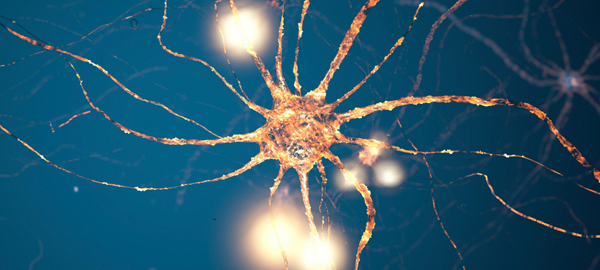Information about epilepsy
What is epilepsy?
Patients with epilepsy suffer from reoccurring unprovoked seizures. Unprovoked means that there is no identifiable external event causing the seizure. About 1% of the world population (roughly 65million people) have epilepsy.
In the past centuries and millenia, epilepsy has been a widely neglected and feared disease, leading to stigmatisation of patients and many misunderstandings about the disease. In recent decades however, epilepsy research like the EU-funded project EPITARGET has been strengthened to increase understanding and improve the quality of life for patients suffering from epilepsy.
In 2014 the International League Against Epilepsy published a new definition of epilepsy, now defining the condition as a disease (in contrast to a disorder) to stress the seriousness of epilepsy. To find out more about epilepsy you can go to these links: ![]() Information about epilepsy;
Information about epilepsy; ![]() ILAE Definition of epilepsy
ILAE Definition of epilepsy
What are the causes of epilepsy?
There are many different causes that lead to the development of epilepsy (epileptogenesis). In about 60% of cases, a cause for the disease cannot be identified. It is suspected that in many of those cases there is a genetic predisposition.
For some patients however, a cause for epilepsy can be found. Common causes are for example brain damage due to low oxygen, brain malformations, severe blows to the head, strokes, brain infections or brain tumors.
EPITARGET aims to identify novel biomarkers that allow the prediction of the development of epilepsy to be able to stop the process before a person even has epilepsy.
To find out more about the causes of epilepsy, you can follow this link to the website of the ![]() WHO.
WHO.
How can epilepsy be diagnosed?
Diagnosing epilepsy can be very difficult. To be able to diagnose a patient with epilepsy a doctor needs a lot of information about the patient and the seizure(s) that the patient has had. This includes information on the medical history of the patient, the frequency of the seizures, possible triggers that might have caused or provoked the seizure etc.
Additionally, doctors can run different tests like blood tests, EEG tests and brain imaging tests to gather more information that could show what type of epilepsy a person has.
For more information on the diagnosis of epilepsy you can go to the website of the ![]() Epilepsy Foundation.
Epilepsy Foundation.
How can epilepsy currently be treated?
The most important goal of treating epilepsy is to enable patients and their families to live unrestricted lives. For about 70% of patients, seizures can be controlled with anti-epileptic drugs (AED). For some patients, however, the seizures cannot be stopped with medication and for a few of them surgery might be an option.
All epilepsy patients need a personalised approach to the treatment of their epilepsy since no patient reacts the same way to the same type of treatment. As a result, it is essential to work closely together with the doctor to find the best treatment options for a patient.
The possible outcomes of EPITARGET might influence the current treatment and diagnostic practices and guidelines in the field of clinical epileptology. At present, there are no preventive strategies and guidelines for patients at risk. EPITARGET may be able to change this for better outcomes. At the same time, the development of a new combination of treatments will create completely new ways of therapeutic thinking, hopefully resulting in ![]() improvement of current guidelines for treatment.
improvement of current guidelines for treatment.
More information on the treatment of epilepsy can be found on the website of the ![]() Epilepsy Foundation.
Epilepsy Foundation.







